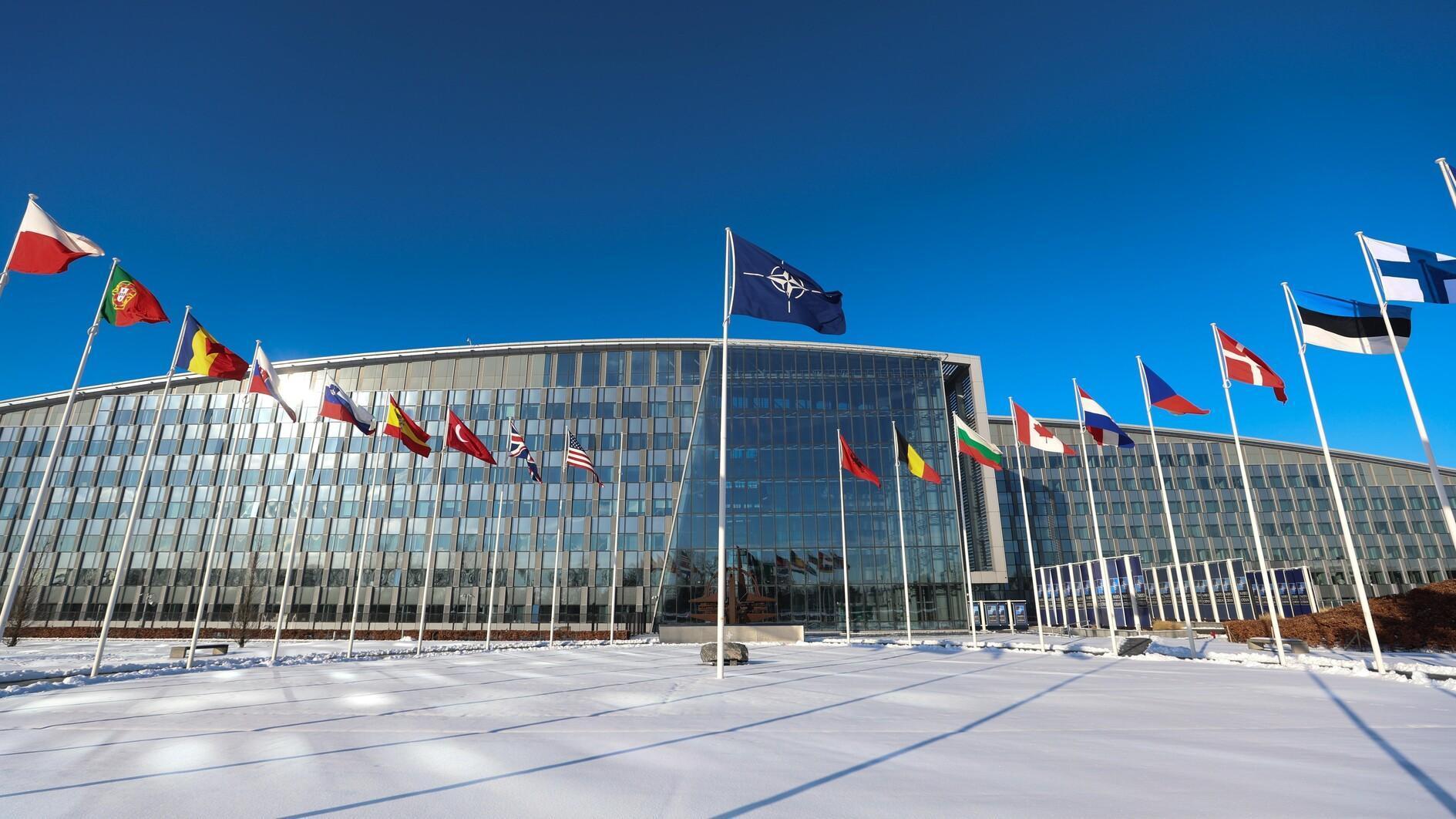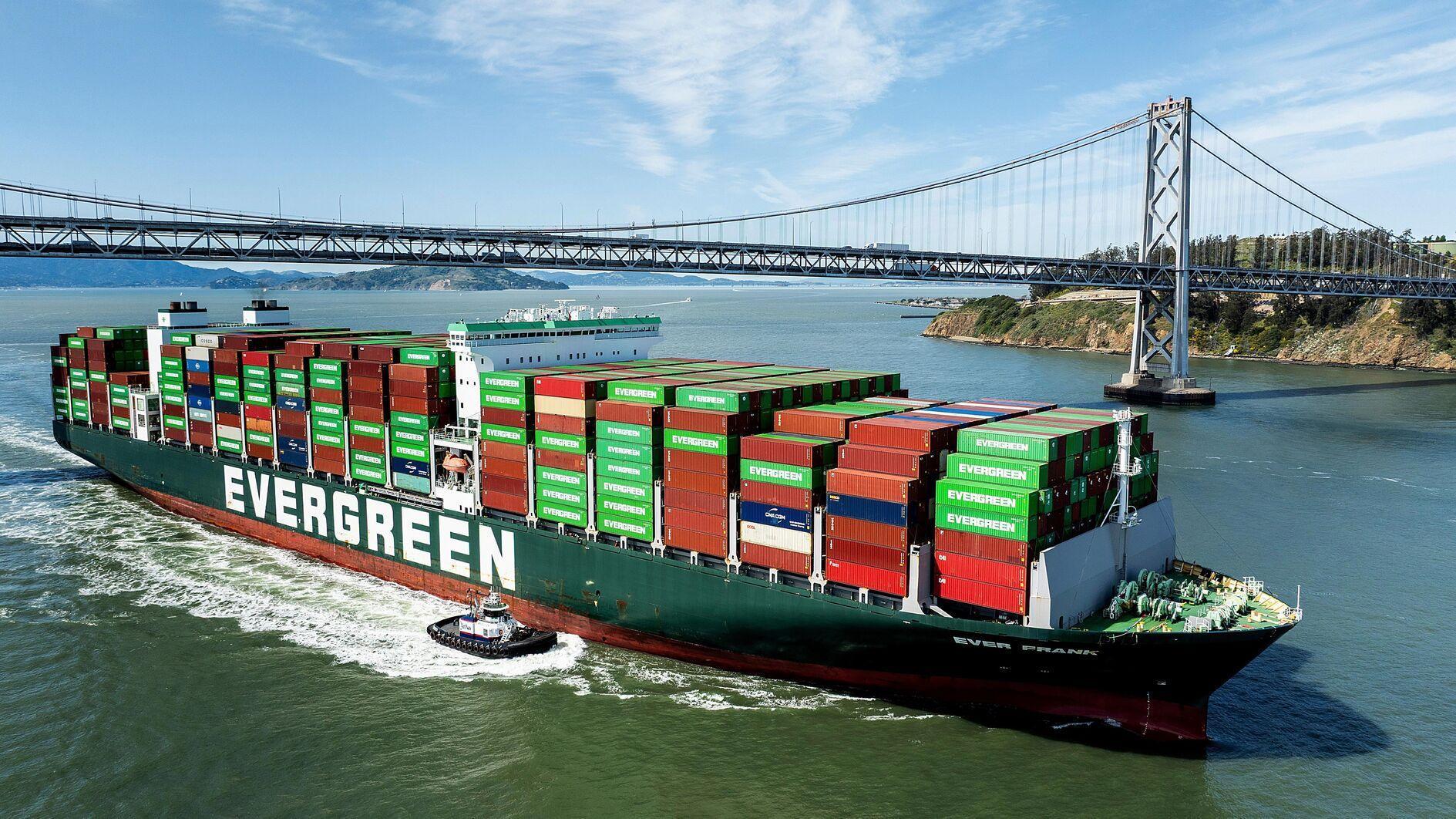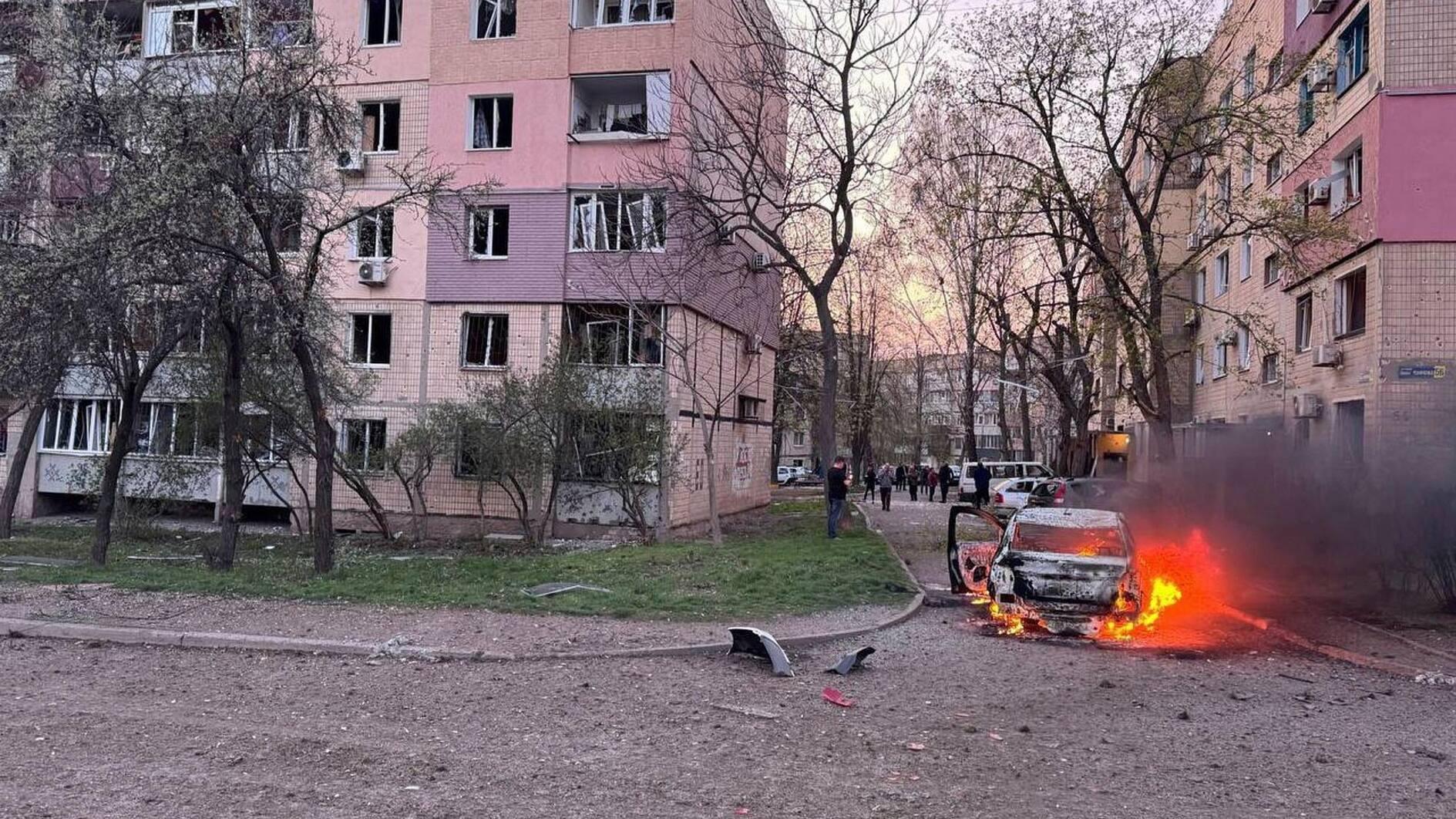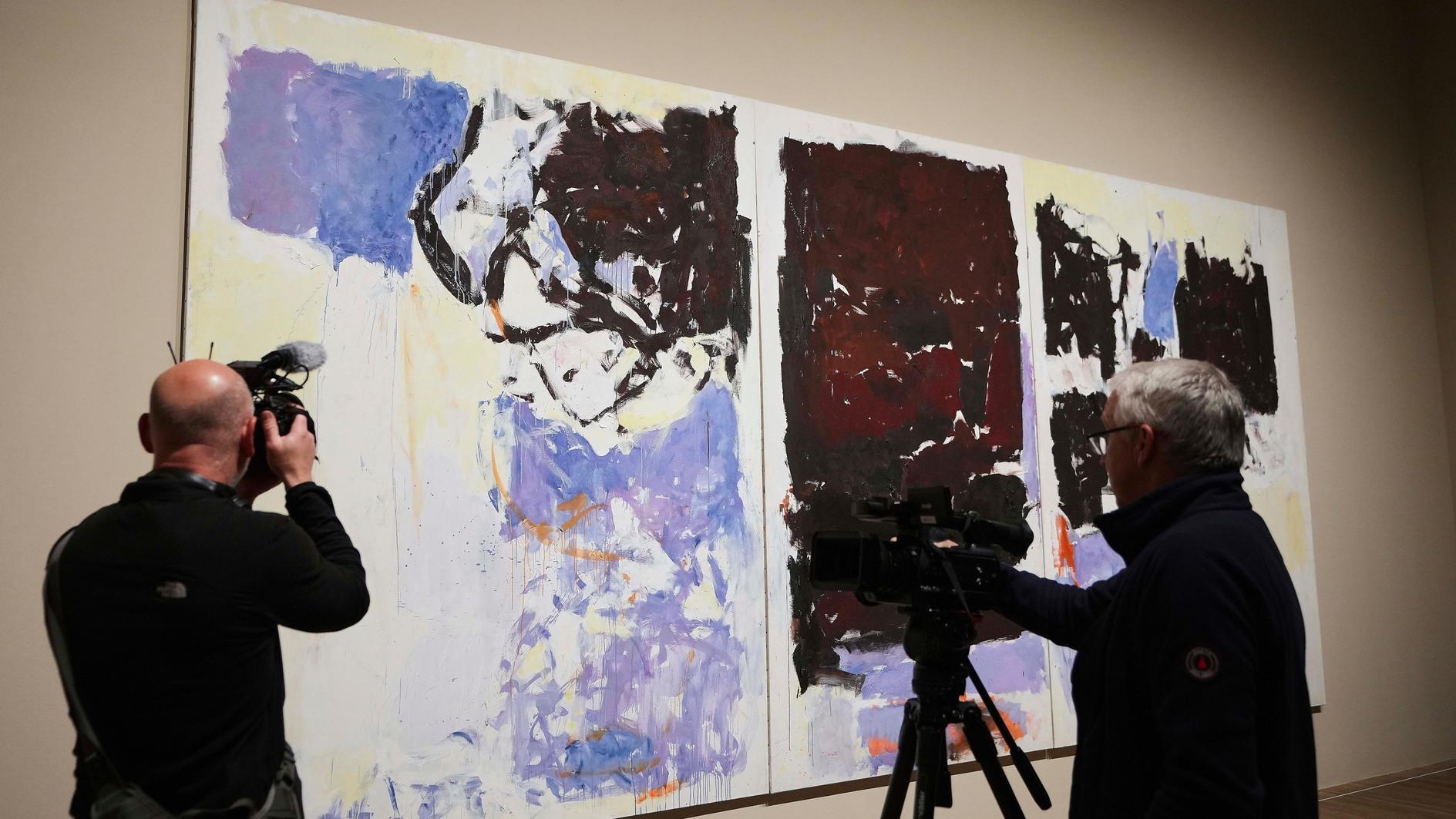Preserving Istanbul’s common historical past
ISTANBUL
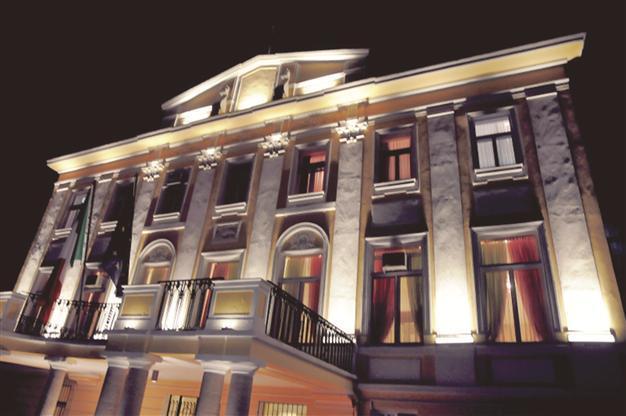
The Italian Embassy building, Palazzo di Venezia, is one the examples of Italian architecture in Istanbul.
Preserving the common past of Turkey and Italy in Istanbul is as important as economic cooperation, according to Italian envoy Gianpaolo Scarante. Scarante briefed press members yesterday about “Orizzonti Italiani” (Italian Horizons), a series of cultural and economic activities scheduled to take place throughout the year.The series of events includes a roundtable discussion about Italian Architect Giulio Mongeri’s works in Istanbul as well as an international meeting on Italian architecture in Turkey and Italian architects that worked during the Ottoman period.
While ambitious urban transformation projects in Istanbul pose risks to some historic Italian buildings, the risks are no greater than anywhere else in the world where large development projects are underway, Scarante said in response to questions on the topic.
Just as Italian architects left behind a historical legacy, there are currently Italians working in big infrastructure projects in Turkey, said Scarante. “Turkey’s extraordinary economic growth brings advantages as well as risks,” he said. “When there is economic growth, priority is usually not given to historic heritage. We had a similar experience in Italy and we regret it now because we lost some important works and we cannot bring them back.”
Scarante called for a balance of some kind between preserving architectural history and developing infrastructure. “On the one hand there is the essential [need] to protect the common past, but on the other hand there is the need for construction that comes with growth that leads to increased welfare. Turkey and Italy’s past are as precious as the oil wells,” Scarante said.
Activities slated for 2013 also include archeological projects such as a workshop on Italian archeological missions active in Turkey and the new discoveries of Italian archaeologists. The reproductions of the famous Ravenna mosaics will be exhibited in Istanbul and Gaziantep, which is famous for Zeugma mosaics.
Turkey and Italy are among the main victims of illegally smuggled historical artifacts, said Scarante when asked if the two countries were cooperating on putting an end to the illegal traffic of historic works. “I can guarantee you that the two countries judicial organs are cooperating on that subject,” he said.


